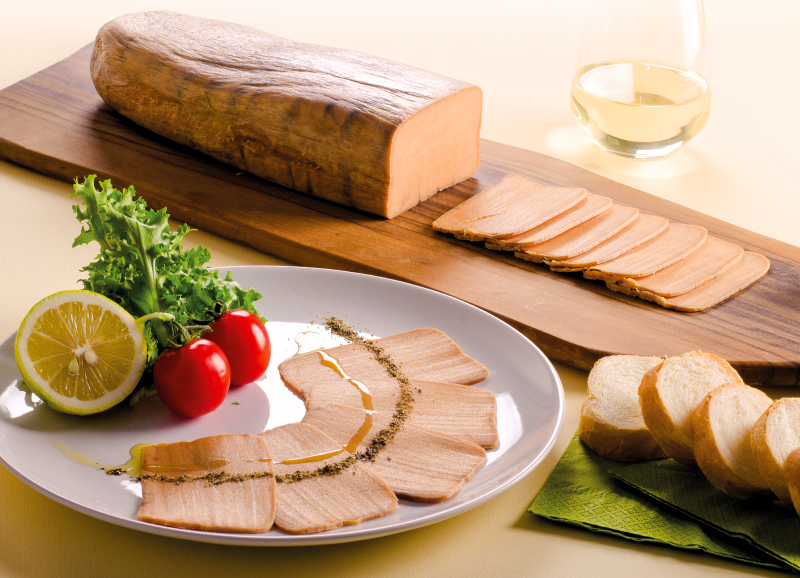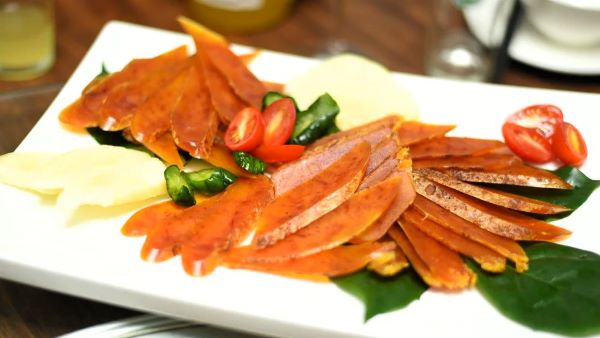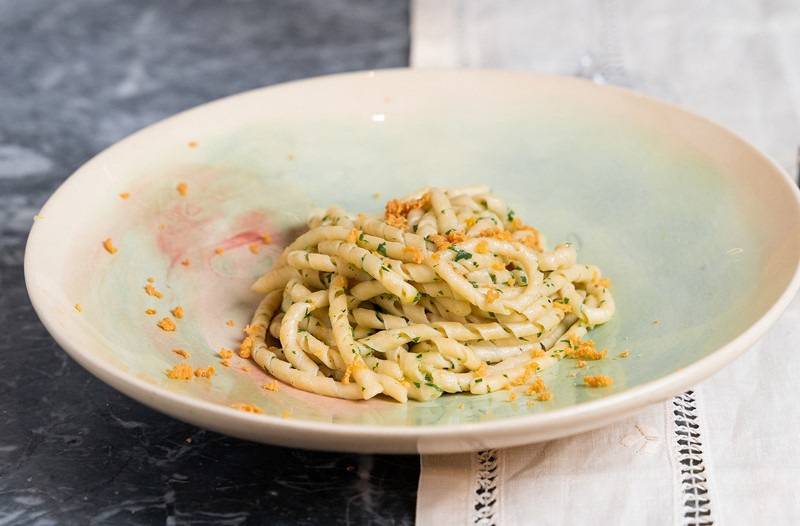Red tuna bottarga, the most prized, is produced in Sicily.
- Details
- Hits: 1199

What is bluefin tuna bottarga?
The red tuna bottarga, in addition to being a traditional Sicilian delicacy, defined as the “Caviar of the Mediterranean” is nothing other than the bluefin tuna eggs salted, pressed and dried. Bottarga has a taste intense, reminiscent of the sea, making it loved by those who love fish cuisine.
How it is produced
The sac containing the eggs is removed whole from inside the tuna and then salted to remove moisture. It is then pressed and hung to dry in the open air for several days, resulting in dry, hard blocks that are vacuum-packed before being released for sale.
Property
As well as being a sought-after ingredient, the red tuna bottarga is rich in properties . Among the most interesting we mention:
- the content of high quality organic proteins.
- that of Omega 3 and other polyunsaturated fatty acids (which have antioxidant power).
100 grams of tuna bottarga contain approximately 370 calories .

How do you eat bluefin tuna bottarga?
Red tuna bottarga is excellent to eat Raw . Avoid cooking it; at most, reheat it only slightly, even when it's called for as an ingredient in the many recipes we're about to suggest. Cooking it would compromise its yield and be a real waste. It can be eaten sliced or sprinkled over countless dishes as a condiment.
For example, you can sprinkle it on pasta, risotto, or vegetarian side dishes. You can grate it with either a microplane or a mandolin. A secret to doing this when it's too soft is to put it in the freezer for about twenty minutes beforehand. To tone down its salty flavor, you can sprinkle it with a few drops of lemon juice. lemon .

What can you do with tuna bottarga?
Let's start with the assumption that bottarga is a versatile food, as versatile in the kitchen as parmesan or soy sauce. Naturally, it's more expensive than either of these, so its use is also more sparing in the kitchen. This makes it even more valuable.
You can sprinkle it on scrambled eggs, on seafood risotto, on vegetable side dishes (such as steamed broccoli and cauliflower or grilled courgettes). Of course you can sprinkle it on spaghetti and pasta In general. You can still spread it on bread dressed with extra virgin olive oil or quality butter. Try it on a simple tomato salad; it's never tasted so good.

Radobera, CC BY-SA 3.0, , via Wikimedia Commons








 And then Add to Home Screen.
And then Add to Home Screen.